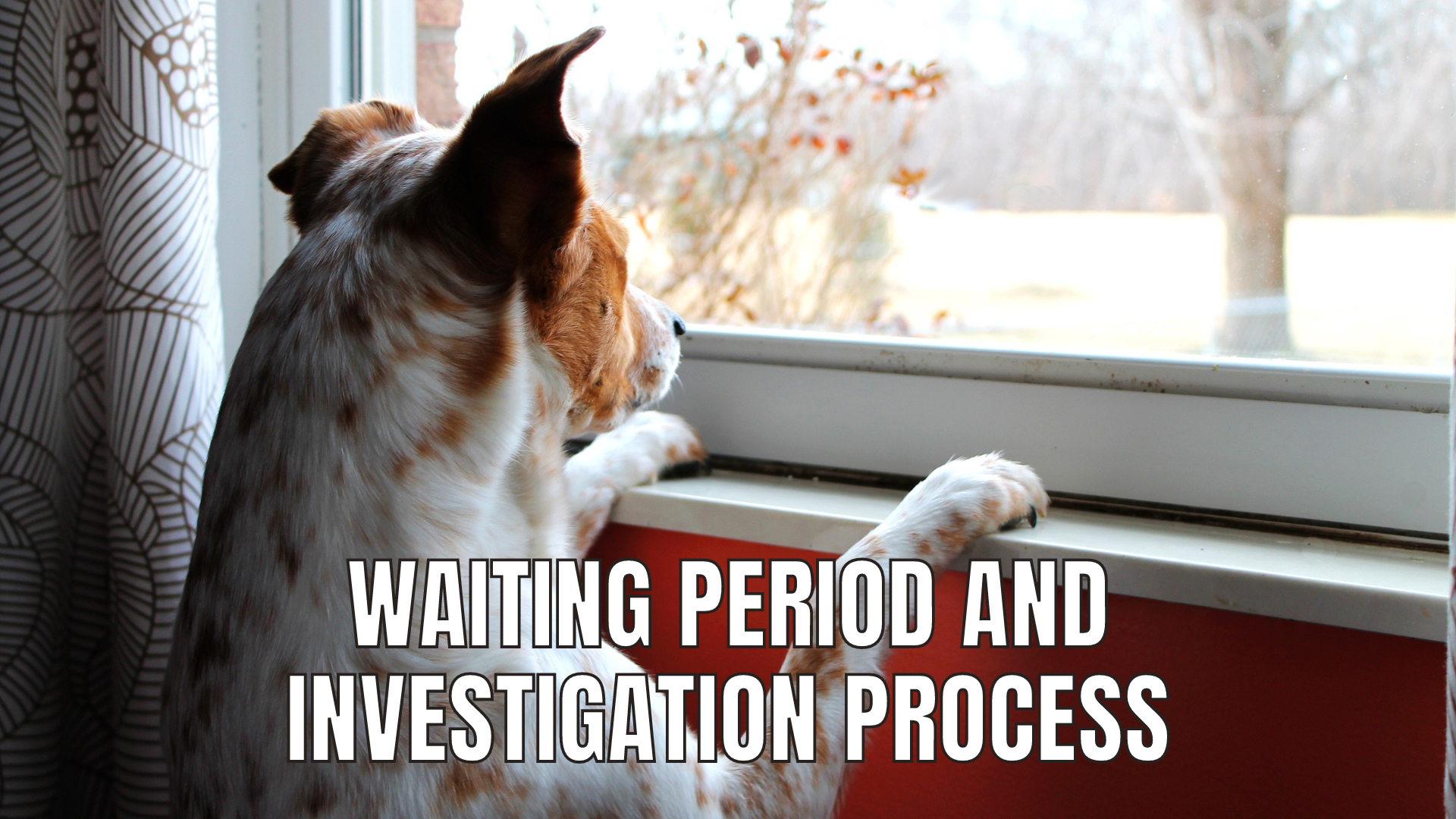How to Dispute Credit Report Errors Effectively: A Guide
June 30, 2023Disputing credit report errors is a crucial step in maintaining your financial health. Errors on your credit reports can drastically reduce scores, resulting in difficulty obtaining loans or credit cards. This blog post guides you through the comprehensive process of identifying and disputing these errors.
We’ll start by helping you understand the impact of mistakes on credit reports and why regular reviews are essential. You’ll learn about contacting either the furnisher or the respective credit bureau based on error type, along with procedures for reaching out effectively.
Further, we delve into crafting an impactful dispute letter and following up after its dispatch. We also demystify what happens during the 30-day investigation period after submitting a dispute online or via mail, including dealing with “frivolous” disputes according to the bureaus’ terms.
The final section discusses when and why one should resubmit their claim if not satisfied with the dispute results, along with the steps involved while updating disputed material. Stay tuned as we navigate this complex yet necessary journey toward accurate credit reporting together.
Table of Contents:
- Identifying Errors on Your Credit Report
- Contacting the Furnisher or Credit Bureau
- Writing a Dispute Letter
- Waiting Period and Investigation Process
- Resubmitting Updated Disputes
- Conclusion
Identifying Errors on Your Credit Report
Don’t let mistakes on your credit reports bring you down. They can lower your scores and impact crucial financial opportunities, such as getting a loan or opening a new account. It’s essential to spot any inaccuracies that could be harming your score.
Understanding the impact of mistakes on credit reports
Mistakes can lead to higher interest rates, denial of credit applications, or even job rejections. Therefore, understanding how these mistakes affect you financially is paramount.
Regular review of credit reports for accuracy
It is recommended to review your credit reports from the three major U.S. national consumer reporting agencies (Equifax, Experian, and TransUnion) at least once a year for accuracy and financial health maintenance. You are entitled to one free report annually from each bureau through AnnualCreditReport.com.
If you spot any discrepancies or unfamiliar entries during this review process – perhaps an account you don’t recognize or incorrect personal information – it’s time to take action by disputing those errors with either the furnisher (the company that provided information) or directly with the concerned credit bureau.
- Action Step 1: Get copies of all three credit reports for thorough comparison and cross-checking.
- Action Step 2: Highlight all questionable items regardless of how small they seem; every detail counts when it comes to improving your overall financial position.
- Action Step 3: Gather supporting documents if available; they will strengthen dispute claims later on in this process.
Contacting the Furnisher or Credit Bureau

Take prompt action when you discover an inaccuracy on your credit report. Depending on the mistake, you may need to contact either the furnisher (the company that provided information to the bureau) or directly reach out to the concerned credit bureau.
Deciding whom to contact based on error type
If it’s a case of identity theft or fraud – for instance, if there are accounts listed in your name that you didn’t open – then contact all three major U.S. national consumer reporting agencies. In other cases where account balances are incorrect, or payment histories don’t match up with your records, reaching out directly to furnishers can prove more effective.
Procedures for reaching out to furnishers and bureaus
- Furnishers: Contact them via phone or mail explaining what information is inaccurate and provide any supporting documents if available. Remember always keep copies of these communications for future reference.
- Credit Bureaus: All three major credit bureaus – Equifax, Experian, and TransUnion offer online dispute forms, which make filing disputes easier than ever before. Alternatively, you could also send a written letter detailing errors along with copies (not originals) of documents supporting claims.
The process might seem daunting at first, but taking prompt actions will help safeguard the financial opportunities available.
Writing a Dispute Letter
Disputing credit report errors requires an effective dispute letter. This formal communication is your chance to detail inaccuracies found in your report and request their correction. It’s not just about stating what’s wrong but also providing evidence that supports your claim.
Essential elements of an effective dispute letter
Begin your correspondence with succinct, comprehensive detail that includes particulars such as name, address, and date of birth. Then state the facts – specify each error on your credit report along with the reasons why you believe it’s incorrect.
- Identify yourself: Full name as listed on the credit report and current residential address.
- Credit Report Details: Mention which credit bureau’s report contains the mistake(s) – Experian, Equifax, or TransUnion.
- Error Description: Clearly describe each error along with its location (page number/section) in the report.
- Evidence: Attach copies (not originals) of documents supporting your position. For instance, if there was a payment wrongly reported late when it was paid on time, provide bank statements showing this payment, etc.
You can find more guidance on how to craft an effective dispute letter from the Federal Trade Commission website.
Following up after sending a dispute letter
Sending off your dispute letter is only half the battle won; following up is equally important. Keep track of all correspondence related to this matter, including dates letters were sent/received. If 30 days have passed without any response, consider sending another copy reminding them about the initial complaint. Remember, patience pays off here as investigation into these matters takes time, so don’t get disheartened if results aren’t immediate.
Waiting Period and Investigation Process

Disputing credit report errors doesn’t end with sending a dispute letter. After you’ve mailed off your well-crafted letter, there’s an inevitable waiting period involved. This is when the credit bureaus take up their investigative roles to scrutinize every detail provided in your dispute.
What happens during this 30-day period?
This 30-day window, mandated by law, gives the bureau enough time to investigate your claims thoroughly. They will contact the furnisher that reported the information under question and ask them to review it as well. Within the 30-day period mandated by law, if any discrepancies or inconsistencies are found based on the investigation conducted, then they must be rectified swiftly.
If everything goes smoothly, you’ll receive a notification about changes made to your report within these 30 days itself. If the investigation doesn’t proceed as anticipated, you may need to take additional steps – such as if your dispute is judged frivolous.
Dealing with “frivolous” disputes
In some cases, a bureau might deem a dispute ‘frivolous.’ This could happen due to various reasons like lack of supporting documentation or repetitive disputes over previously resolved issues. When such situations arise where initial disputes are considered frivolous by bureaus, resubmission becomes necessary. But remember: patience is key here because updates can take time to appear across all three major consumer reporting agencies.
To avoid having future disputes labeled as frivolous, make sure each one contains new or additional information compared to previous ones and follows proper procedures.
Resubmitting Updated Disputes
If the credit bureaus have labeled your initial dispute as frivolous, don’t give up hope. You can resubmit your claim with updated materials and try again. It’s a common occurrence, and there are still alternatives.
When and why should you resubmit your claim?
The bureau may label your dispute as frivolous if they believe there isn’t enough evidence to support it or if you’re submitting disputes too frequently without substantial changes in circumstances. If you strongly believe in the validity of your claims, then resubmission becomes necessary. Remember, each error on your report could potentially lower your credit score, so addressing them promptly is crucial.
Steps involved in updating disputed material
- Gather New Information: Collect any additional documents or proof that might strengthen your case.
- Edit Your Letter: Update your original dispute letter to include this new information. Be clear about what has changed since the last time.
- Contact Furnishers Again: Send an updated letter to both the furnisher and credit bureau outlining these updates along with supporting documentation attached where applicable.
It may take some time for the updates to be reflected across all three of the major consumer reporting agencies, so patience is essential. Patience will be key during this process, but rest assured that every effort made towards rectifying errors contributes positively towards improving overall financial health long term. So keep pushing forward because, ultimately, an accurate reflection of your personal finances matters most.
Conclusion
Correcting errors on your credit report can be a real headache, but it’s crucial to ensure your credit score accurately reflects your financial history.
Regularly reviewing your credit reports for accuracy and contacting the appropriate parties when you spot an error is key.
Writing effective dispute letters with all necessary elements included and following up on disputes during the waiting period and investigation process can increase the chances of resolving any mistakes.
If necessary, resubmitting updated disputes is also an option, but be sure to follow proper procedures to avoid frivolous disputes.
Remember, dealing with disputes can take time, but taking these steps can help repair your credit and improve your financial standing over time.
Credit problems can affect your entire financial picture. If you’re falling behind on a credit card or mortgage payments, you could be negatively affecting other areas of your financial life.
That’s why we’ve developed a full-scale credit repair solution that addresses the problems you currently have and those you may not have anticipated. At ASCENT, we approach your financial landscape with foresight, to assure financial recovery, and long-term financial stability.
Many of our clients have experienced substantial increases in their credit scores, have modified their home loans, have significantly lowered their monthly mortgage payments and changed their overall credit status in ways they never thought possible.










